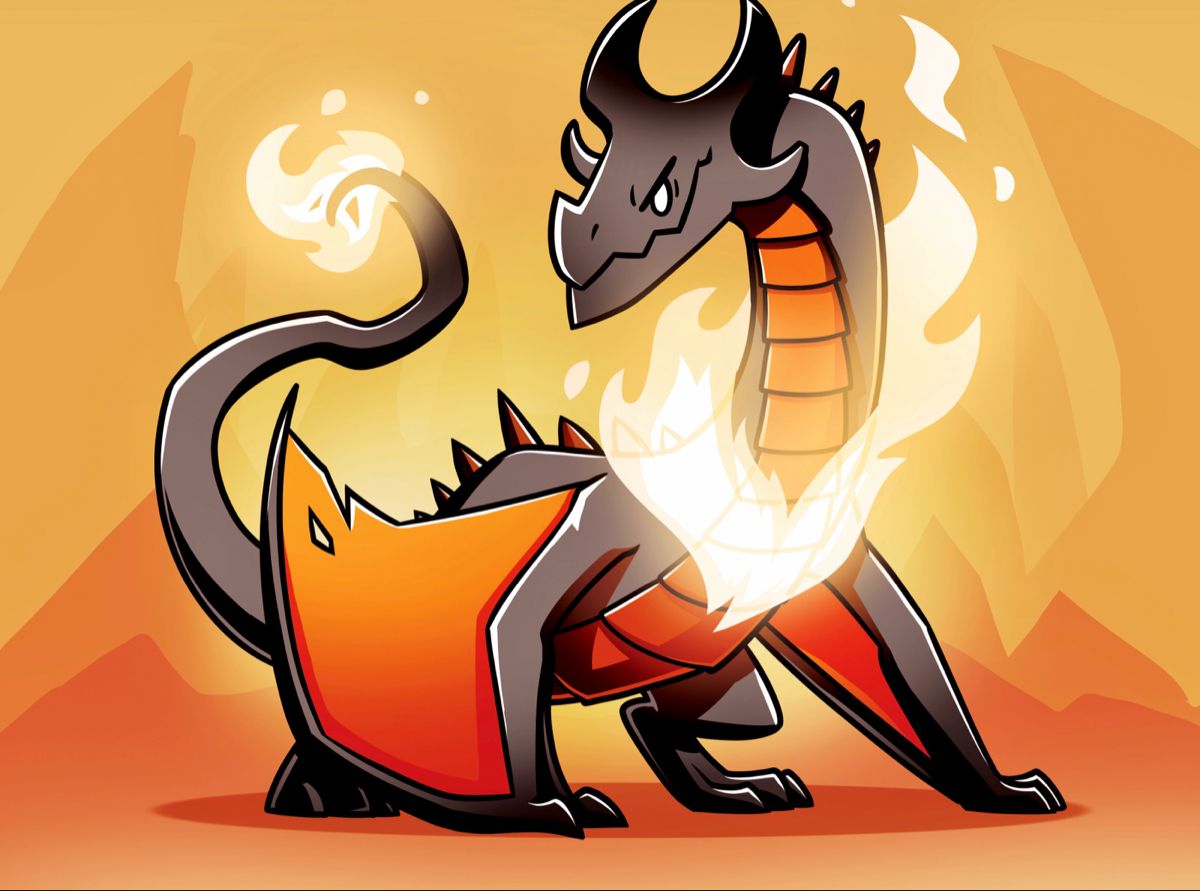When people talk about Japanese comics (manga) or animation (anime), they often hear terms like shonen, shojo, josei, and seinen. These categories help classify works based on their intended demographic. Among them, seinen is one of the most fascinating and complex categories. If you’ve ever asked yourself, What is the meaning of seinen? or How is it different from other genres?, this article will give you a detailed and comprehensive understanding.
In this blog, we will explore the meaning of seinen, its origins, themes, examples, differences from other categories, and why it continues to be a crucial part of Japanese pop culture.
What Does Seinen Mean?
The word seinen (青年) in Japanese literally translates to “young man” or “youth”, generally referring to males between the ages of 18 and 40. In the context of manga and anime, seinen refers to works targeted primarily at adult men, although many women also enjoy them. Unlike shonen (aimed at teenage boys) or shojo (aimed at teenage girls), seinen explores deeper, more mature, and often more realistic themes.
Seinen is not a genre in itself, but rather a demographic category. This means that seinen manga and anime can include action, romance, horror, slice of life, science fiction, or even comedy — but the storytelling, tone, and complexity are tailored for an older audience.
The Origins of Seinen
Seinen manga emerged in post-war Japan during the 1960s and 70s, a time when manga as a medium was rapidly growing in popularity. Magazines like Weekly Manga Action and Big Comic began publishing works aimed at adults who had grown up reading shonen manga but wanted something more sophisticated.
Legendary manga artists such as Osamu Tezuka, known as the “God of Manga,” helped pave the way by creating stories with philosophical, political, and psychological depth. Works like Phoenix or Buddha contained themes far more complex than typical shonen adventures.
By the 1980s and 1990s, seinen had fully established itself as a dominant force in the manga and anime industry, with series such as Akira by Katsuhiro Otomo and Ghost in the Shell by Masamune Shirow influencing not just Japanese audiences but the entire global pop culture landscape.
Characteristics of Seinen
So, what makes something seinen instead of shonen or josei? Here are the defining traits:
1. Mature Themes
Seinen works often explore deep subjects such as morality, politics, war, existentialism, mental health, and even philosophy. Unlike shonen, which often focuses on friendship, perseverance, and youth, seinen tends to portray the harsh realities of adult life.
2. Complex Characters
Characters in seinen manga and anime are usually more nuanced and morally gray. Instead of simple “good vs. evil” conflicts, we see characters struggling with their own flaws, choices, and consequences.
3. Graphic Content
Many seinen works contain graphic violence, sexual content, or disturbing imagery, though not all of them do. This is because seinen targets an audience that can handle more explicit material.
4. Slower Pacing and Realism
Unlike the fast-paced, action-heavy nature of shonen, seinen often has slower pacing with greater emphasis on character development, dialogue, and realism.
5. Art Style
While not always true, seinen manga tends to feature detailed and intricate artwork, reflecting the more serious tone of the stories.
Examples of Popular Seinen Manga and Anime
To fully understand seinen, let’s look at some popular examples that showcase its diversity:
- Berserk by Kentaro Miura
A dark fantasy epic filled with violence, tragedy, and philosophical themes about destiny and human suffering. - Monster by Naoki Urasawa
A psychological thriller about a doctor who saves a boy’s life, only to discover that boy grows up to become a serial killer. - Akira by Katsuhiro Otomo
A cyberpunk masterpiece set in post-apocalyptic Neo-Tokyo, exploring themes of power, corruption, and technology. - Ghost in the Shell by Masamune Shirow
A sci-fi classic that questions the nature of humanity, consciousness, and artificial intelligence. - Vagabond by Takehiko Inoue
A reimagining of the life of the legendary samurai Miyamoto Musashi, blending action with philosophy. - Gantz by Hiroya Oku
A violent, sci-fi survival story filled with moral ambiguity and existential dread.
Not all seinen is dark or violent. Some works take a lighter approach, such as:
- Grand Blue Dreaming by Kenji Inoue and Kimitake Yoshioka
A hilarious college comedy about diving, drinking, and adulthood. - Barakamon by Satsuki Yoshino
A slice-of-life story about a calligrapher finding inspiration on a rural island.
These examples show the incredible range of seinen storytelling.
Seinen vs. Shonen vs. Josei: Key Differences
To better grasp the meaning of seinen, let’s compare it with other demographics:
- Shonen (少年) – Targeted at boys aged 12–18. Typically includes action, adventure, friendship, rivalry, and coming-of-age themes. Examples: Naruto, Dragon Ball, My Hero Academia.
- Shojo (少女) – Targeted at teenage girls. Focuses on romance, emotions, and interpersonal relationships. Examples: Fruits Basket, Sailor Moon, Ouran High School Host Club.
- Josei (女性) – Targeted at adult women, usually exploring romance, work-life, and more realistic portrayals of relationships. Examples: Nana, Paradise Kiss, Honey and Clover.
- Seinen (青年) – Targeted at adult men, exploring mature and complex themes that can range from dark and gritty to humorous and reflective.
Why Seinen Matters in Modern Culture
Seinen plays an essential role in manga and anime culture because it:
- Bridges the gap between youth-oriented content and mature storytelling.
- Introduces international audiences to thought-provoking Japanese media beyond typical action-adventure anime.
- Explores universal human struggles, making it relatable to readers and viewers worldwide.
- Inspires global creators, influencing Western films, comics, and video games. For instance, movies like The Matrix drew inspiration from Ghost in the Shell.
Common Misconceptions About Seinen
- “Seinen means violent and dark.”
While many seinen works are violent, not all of them are. Slice-of-life comedies and heartwarming dramas also exist within the category. - “Seinen is just shonen with more blood.”
Seinen is not simply about adding gore or sex. It’s about storytelling depth, complexity, and themes that resonate with adult experiences. - “Only men read seinen.”
Although seinen is aimed at adult men, many women also enjoy it — just as men read shojo or josei works.
Conclusion:
The true meaning of seinen lies not in a single definition but in its flexibility and maturity as a storytelling medium. It represents manga and anime that speak to the complexities of adult life — from the struggles of morality, politics, and survival, to the lighthearted joys of friendship, humor, and everyday experiences.









